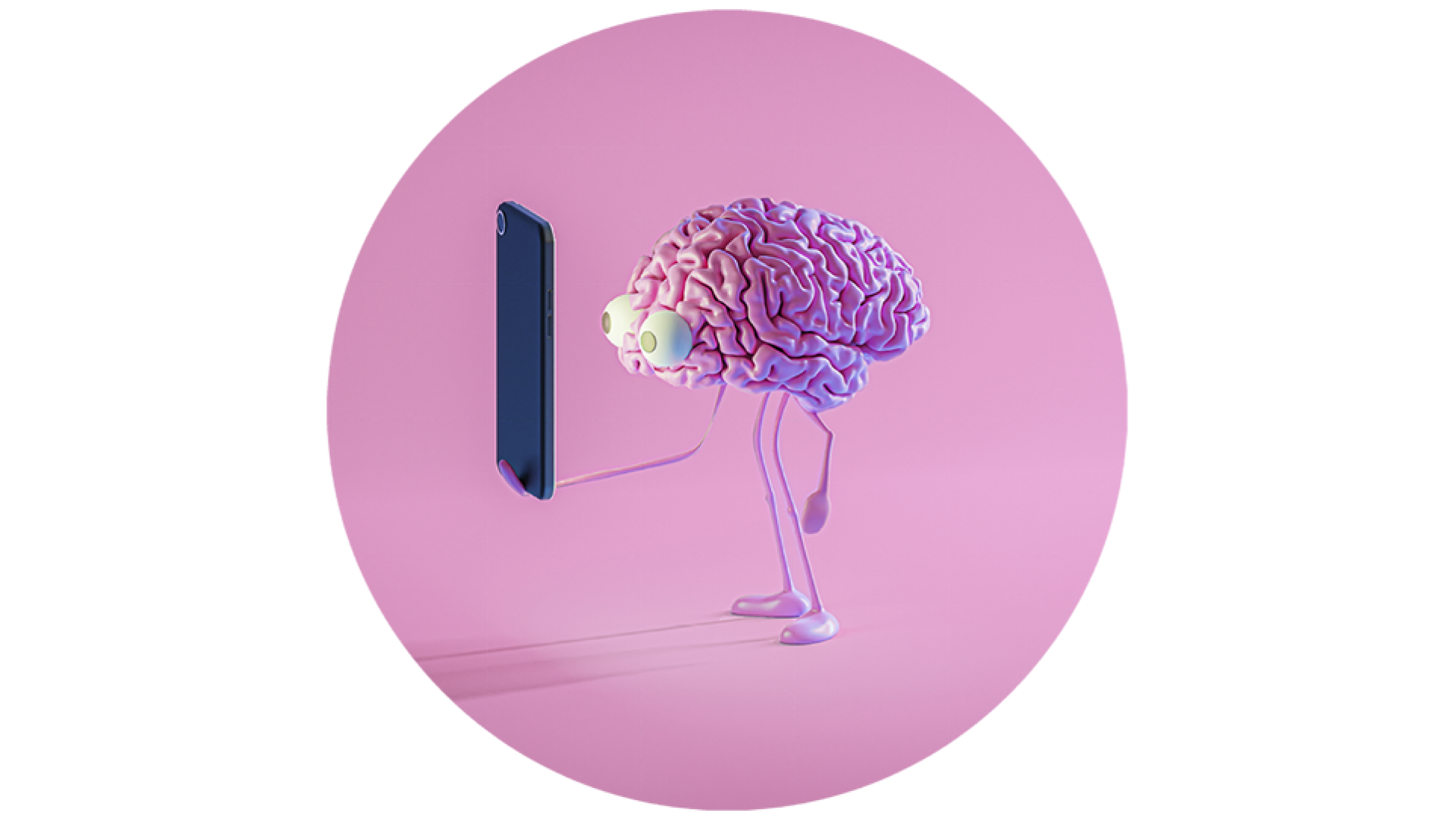Technology is getting smarter by the day, but the smartest brands are rediscovering something old: they’re the ones that still sound, look and feel unmistakably human.
A personal observation
After over five decades in communication, I’ve seen plenty of shifts in how brands talk. Trends come and go, channels change, technologies explode, and yet one truth keeps resurfacing: people respond to people.
AI writes, edits and personalises faster than we ever could. Algorithms now decide what we see, when and why. The technology is extraordinary - and slightly exhausting. It’s made communication faster and cheaper, but not necessarily better. Many of the messages we see today are clean, polished and perfectly on brand, but they feel oddly empty. They sound like they were written by software, not by someone who cares.
That’s why I think we’re seeing the return of the human brand. The brands that stand out today show empathy, warmth and originality. They sound real, they feel approachable, and they connect because they behave like people, not systems.
What human brands look and sound like
After years of over-produced corporate messaging, people are tuning out anything that sounds automated, defensive or too polished. They want realness. That means writing and designing with honesty and intent, using plain language, showing character and owning imperfection when it happens. Human brands are comfortable in their own voice. They express belief without arrogance, personality without gimmickry, confidence without spin. That balance builds trust, and trust builds loyalty.
You don’t have to look far to find them. Air New Zealand’s safety videos are a classic local example: witty, warm and unmistakably Kiwi. They connect because they speak our language and reflect our sense of humour. Mitre 10’s advertising leans into relatable New Zealand life rather than slick production gloss. Brands like Allbirds and Ethique project conscience without preaching, using plain language, humility and optimism to tell stories of innovation and responsibility.
Small New Zealand businesses often lead the way. A local café that remembers your name or an online retailer that writes a handwritten note with your order is expressing the same principle: authenticity, empathy and respect.
These brands share a common thread: they sound human because they are human. You can feel the intent and the belief behind what they say.
Why it matters now
Technology has made communication faster and more efficient, but not necessarily more meaningful. AI can write a neat sentence, but it can’t feel curiosity, empathy or pride. Audiences can tell the difference. They’re drawn to brands that speak their language, that show personality and values, that sound like someone rather than something. It’s not about being clever or casual, it’s about being genuine and consistent.
When everything else sounds automated, the simplest way to stand out is to sound unmistakably alive.
How to humanise your brand
Bringing more humanity into your brand doesn’t require a reinvention, just intent. Here are some practical ways to start:
- Speak like a person. Use everyday language. Write as if you’re talking to one person, not broadcasting to thousands.
- Show empathy. Understand what matters to your audience, their challenges, aspirations and context. And meet them there.
- Be consistent in behaviour. Authenticity shows when actions match words. Make sure your customer experience, design and internal culture all tell the same story.
- Let your people be your voice. Real stories, told by real people, create credibility and warmth that polished campaigns rarely match.
- Design for connection. Choose imagery, typography and tone that feel human. Leave space for emotion, not just information.
Humanising your brand isn’t just about a tone of voice and it goes a lot deeper than a marketing campaign. It’s about showing the values that make people human: empathy, fairness, curiosity and even vulnerability. When you’re open about what you believe in and honest about what you’re still learning, people respond. They don’t expect perfection; they just want to feel they’re dealing with something real.
A final thought
Clarity, empathy and authenticity have always been at the heart of good communication, but right now they’re also points of difference. AI will keep improving, but it will never replace intent, warmth or understanding. Those still come from people.
The brands that thrive from here won’t be the most automated or efficient. They’ll be the ones that sound, look and act like they were made by humans, for humans. Because they are.

